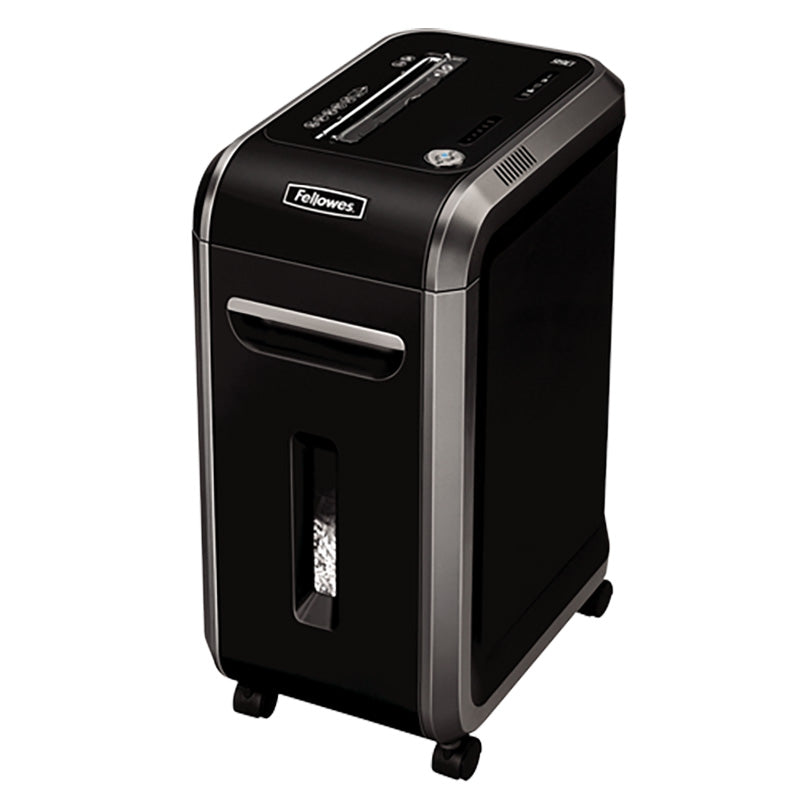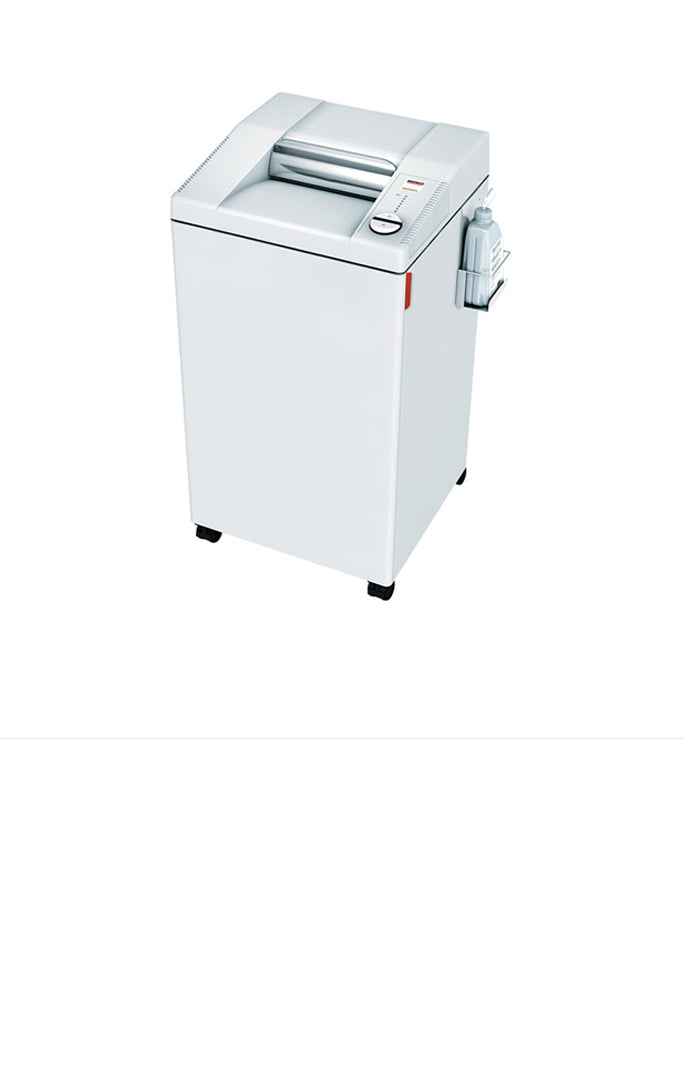In today's fast-paced world, efficient paper organization is important for businesses to maintain productivity and minimize clutter. While manual paper handling and organization can be time-consuming and prone to errors, advanced paper organizing machinery offers innovative solutions to streamline the process.
Gone are the days of manually sorting through stacks of papers, or struggling to find a critical document in a sea of files. Instead, with the help of automatic paper folders, you can swiftly bend your paper documents and prepare them for filing or posting, saving you valuable time, and ensuring accuracy.
Paper folding machines offer efficient and precise folding capabilities, making them ideal for offices with high-volume document folding needs. In addition, these automated machines can handle various folding styles, saving you time and providing consistent results.
Using an automatic paper folder is just one of the ways offices and organizations can use machinery to streamline paper handling. This guide will explore the benefits and features of various paper-organizing machinery options that can revolutionize your paper management system, and optimize your workflow.
Manual Paper Folding Vs Auto Paper Folding
In an office setting, the decision between manual and automatic paper folding can significantly impact efficiency, productivity, and the overall paper handling process. Understanding the differences and advantages of each option will help you make an informed choice that aligns with your specific needs. Let's compare manual paper folding and auto paper folding:
- Efficiency and Speed:
- Manual folding requires individuals to physically handle and fold each sheet, which can be time-consuming, especially when folding larger documents. The speed depends on the person's skill and familiarity with folding.
- Automatic paper folding machines are designed to process large volumes of paper quickly and efficiently. These machines can fold multiple sheets simultaneously and offer high-speed folding capabilities, significantly reducing the time and effort required.
- Precision and Consistency
- Manual paper folding relies on individual skills, which may lead to variations in the quality and consistency of the folds. It can be challenging to consistently achieve precise and uniform folds, especially when handling many documents.
- Automatic paper folding machines provide consistent and precise folds for each document, ensuring a professional and uniform appearance. The machines are programmed to execute folds accurately, eliminating the risk of human error. In fact, the automatic paper folding machines provide reliable results.
- Workload and Volume:
- Folding paper by hand is more suitable for smaller volumes of documents or occasional folding needs. It can be manageable for individuals or smaller offices with limited folding needs.
- Automatic paper folding machines efficiently handle high volumes of documents. They are designed to quickly handle large quantities of paper, making them ideal for offices or departments with significant folding demands. These types of organizations could also benefit from a folder inserter machine for high-volume envelope stuffing in busy mailrooms.
Industrial Paper Shredders for High-Level Data Protection
In today's data-driven world, protecting sensitive information is of utmost importance. Paper shredders play a crucial role in the secure disposal of confidential documents, and prevent unauthorized access and safeguard your business or personal data.
One way to do this is to invest in a high-security paper shredder, which can destroy large volumes of sensitive documents. In order to destroy more rigid materials like hard drives or disks, you must utilize a heavy-duty data disintegrator for maximum data protection.
When choosing a shredder for your office, you must consider the following:
- Shredding capacity
- Shredding method
- Security levels
- Continuous duty cycle with minimal cooling-off times
- Safety features
- Waste management
Binding Machines to Enhance Document Presentation & Organization
Whether you want to staple, stitch, collate or pad, our paper binding machines are the ultimate addition to any professional setting. You can also quickly create booklets, which is ideal for large organizations.
The different types of binding machines are:
These Whitaker Brothers paper handling machines offer a convenient and efficient solution for securely binding multiple pages together. They can free up hours that can be spent on more important tasks, helping your organization grow and stay on top of administrative duties.
The Benefits of Collating Machines
Collating machines provide several benefits for offices and businesses with high document volumes. First, these machines streamline the gathering and organizing of multiple sets of papers, offering significant advantages. Here are some benefits of using these devices:
Time-Saving Efficiency: You can quickly and accurately assemble sets of papers, reducing the time and effort required compared to manual collating. This time-saving efficiency allows employees to focus on other essential tasks, increasing overall productivity in the office.
Consistent and Accurate Assembly: Collating machines eliminate the risk of human error in arranging pages or mixing up the order. Through using preset configurations or programming options, collating machines can automatically sort and arrange pages according to your specific needs and guarantee that each set is complete and in the correct order.
Increased Productivity: The streamlined and automated nature of collating machines significantly increases productivity in the office. Employees can collate documents quickly and efficiently, even with large volumes. This productivity boost allows for faster document processing, improved turnaround times, and enhanced workflow throughout your office.
Versatile Document Handling: Collating machines can handle various document sizes, types, and weights. These machines can accommodate many formats, whether you're collating standard letter-size pages, legal documents, brochures, or booklets. This versatility ensures you can efficiently collate documents commonly used in the office.
Reduced Manual Labor: With collating machines, you can reduce the manual labor required for collating tasks. Instead of manually sorting, arranging, and gathering documents, employees can rely on the device to do the work. This reduction in manual labor saves time, and minimizes the risk of repetitive strain injuries or fatigue associated with manual collating.
Improved Document Organization: Collating machines contribute to better document organization and control. By having neatly collated sets, it becomes easier to store, distribute, and manage documents. Well-organized document sets save time, and prevent confusion or misplacement for internal use, client presentations, or archival purposes.
Error Reduction: Collating machines significantly reduces the risk of errors in document assembly. The automated process makes sure that each set is compiled accurately, and minimizes the chance of missing or duplicated pages. This error reduction is particularly important when dealing with sensitive or confidential information, ensuring all pages are accounted for and in the correct sequence.
Cost Savings: While the initial investment in a collating machine is needed, it can lead to cost savings in the long run. Businesses can allocate employee resources to other tasks by reducing manual labor and improving efficiency, potentially reducing labor costs. Additionally, the time saved by using collating machines allows for increased productivity and faster document processing. This results in improved customer service and reduced operational costs.
What Paper Handling Machine is Best for Your Business?

Choosing the best paper handling machine for your organization requires careful consideration of your specific needs, paper handling volume, and budget. Several devices can enhance your document management processes, depending on your needs.
A reliable paper shredder is essential if your organization deals with sensitive information. Look for shredders with appropriate shredding capacities and security levels (cross-cut or micro-cut) to meet your document destruction needs. Consider additional shredder features such as automatic feed, jam prevention, and quiet operation.
Binding machines are ideal for creating professional documents. First, determine the paper-attaching method that suits your needs, such as comb binding, wire binding, or coil binding. Next, consider the machine's binding capacity, ease of use, customization options, and durability. Finally, look for adjustable margins, built-in cutters, and punch capabilities to optimize the attaching process.
Paper cutters and paper trimmers are helpful for organizations that frequently need precise paper cutting. Consider cutting capacity, style, safety features, and accuracy. Features like alignment guides, measurement scales, and adjustable backstops can help ensure precise and efficient cutting.
Collators are valuable for businesses that require quick organization of multiple document sets. Evaluate collating capacity, speed, ease of use, and programmable options. Look for features like double-feed detection, sheet counting, and compatibility with various paper sizes and weights.
Other considerations include laminators for protecting documents and paper folding machines for automating the folding process.
When deciding, carefully assess your specific needs, like the volume of paper handling. Always buy from a reputable company with high-quality manufacturing. By selecting suitable paper handling machines, you can enhance your document management processes and improve overall efficiency in your business operations.
Whitaker Brothers is the leading supplier of paper handling products for offices across the U.S. Click here to see all industrial auto paper handling machinery to get started today.









